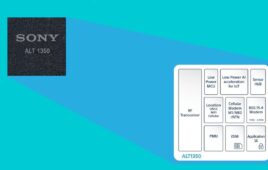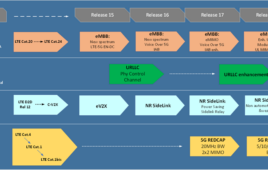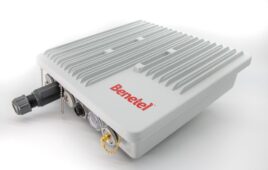Microsoft’s Mobile division couldn’t be happier. With an eye to increasing its lagging U.S. presence, Sony Ericsson has announced a new handset that runs the Windows Mobile 6 operating system.
The smile on Microsoft’s face is because Sony Ericsson becomes the fourth of the top five handset manufacturers in the world to support Windows Mobile. The only missing OEM is No. 1 Nokia, which uses Symbian S60 for its smartphones. Sony Ericsson had only used Symbian.
The new Sony Ericsson phone, called the Xperia X1, sports a full QWERTY keyboard, a 3-inch, high-resolution touchscreen, quad-band EDGE and UMTS/HSPA, Wi-Fi and GPS. It has a 3.2-megapixel camera with DVD quality video, FM radio and Bluetooth stereo.
Sony Ericsson hasn’t announced any U.S. launch partners, but says it will support AT&T’s 850/1900 MHz frequencies as well as the 1700 MHz spectrum that T-Mobile USA will use for its upcoming W-CDMA network. No pricing has been announced for the phone, which is expected to be available in the second half of the year.
“We’ve very excited about it,” said Brian Arbogast, vice president of Microsoft’s Mobile Communications Business unit. “They’re a great partner. They bring exciting innovations to handsets that marry well with Windows Mobile.”
Other leading handset manufacturers making Windows Mobile phones include Motorola, Samsung and LG. Sony Ericsson says the X1 is just the first in the Xperia Windows Mobile line.




